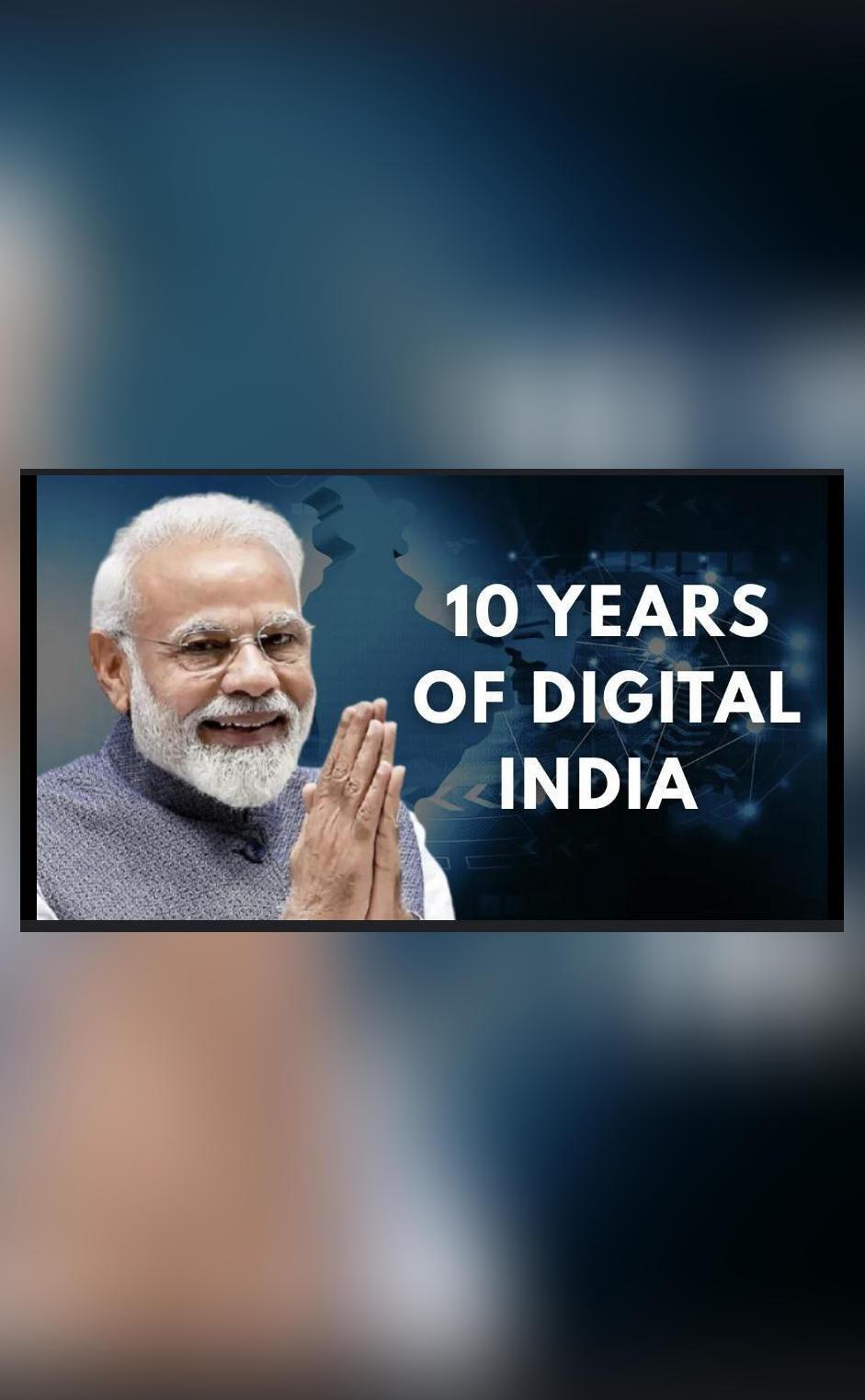
10 Years of Digital India: Milestones in Tech, Health, and Education
October 2015 marked the beginning of a new era for India as Prime Minister Narendra Modi launched the Digital India initiative, aiming to transform the country into a digitally empowered society. Today, as we celebrate the 10th anniversary of this ambitious project, it’s inspiring to reflect on the significant progress made in various sectors, including education, healthcare, MSMEs, and Artificial Intelligence (AI).
The Digital India initiative has been instrumental in bridging the digital divide, making technology more accessible to the masses, and fostering a culture of innovation and entrepreneurship. Over the past decade, the government has made significant strides in creating a robust digital infrastructure, promoting digital payments, and leveraging technology to improve public services.
Education: A Key Focus Area
Education has been a key area of focus for the Digital India initiative. The government has made substantial investments in digital education, including the establishment of the National Digital Library (NDL), which provides free access to over 50 million e-books and other educational resources. This has enabled students, teachers, and researchers to access high-quality educational content and resources, promoting a culture of lifelong learning.
Another significant achievement has been the deployment of digital classrooms, which have enabled teachers to create engaging and interactive learning experiences for students. The government has also launched initiatives such as the e-Panchayat Mission, which aims to provide digital literacy training to rural students and promote digital literacy among rural communities.
Healthcare: Leveraging Technology to Improve Outcomes
The healthcare sector has also seen significant progress under the Digital India initiative. The government has launched various initiatives to leverage technology and improve healthcare outcomes, including the National Health Mission, which aims to provide digital health services to rural communities.
The government has also launched the Ayushman Bharat Digital Mission, which aims to create a digital health ecosystem that enables seamless exchange of health records and promotes preventive care. This initiative has the potential to revolutionize the healthcare sector, making it more efficient, patient-centric, and responsive to the needs of the people.
MSMEs: Boosting Local Sellers with ONDC and GeM
The Digital India initiative has also been instrumental in promoting the growth of Micro, Small, and Medium Enterprises (MSMEs). The government has launched initiatives such as the Open Network for Digital Commerce (ONDC) and the Government e-Marketplace (GeM), which aim to boost local sellers and promote digital commerce.
ONDC is a digital commerce platform that enables small-scale entrepreneurs to sell their products online, while GeM is an e-marketplace that connects government buyers with local suppliers. These initiatives have the potential to empower local sellers, create jobs, and promote economic growth.
Artificial Intelligence: A Key Driver of the Digital India Initiative
Artificial Intelligence (AI) has been a key driver of the Digital India initiative. The government has launched various initiatives to promote AI, including the National AI Mission, which aims to create a talent pool of AI experts and promote AI research and development in India.
The government has also launched the AI for All program, which aims to promote AI education and training among students and professionals. Additionally, the government has launched initiatives such as the AI-powered Healthcare Platform, which aims to leverage AI to improve healthcare outcomes.
Conclusion
As we celebrate the 10th anniversary of the Digital India initiative, it’s clear that the government has made significant progress in transforming India into a digitally empowered society. From education to healthcare, MSMEs to AI, the Digital India initiative has touched every sector and has the potential to transform the lives of millions of Indians.
As India looks to the future, it’s essential to continue promoting digital literacy, innovation, and entrepreneurship. The government’s commitment to AI, education, and healthcare is a step in the right direction, and with affordable GPU access and a $1.2 billion AI Mission, India is poised to lead the world with a humanity-first approach to technology.
Source:





